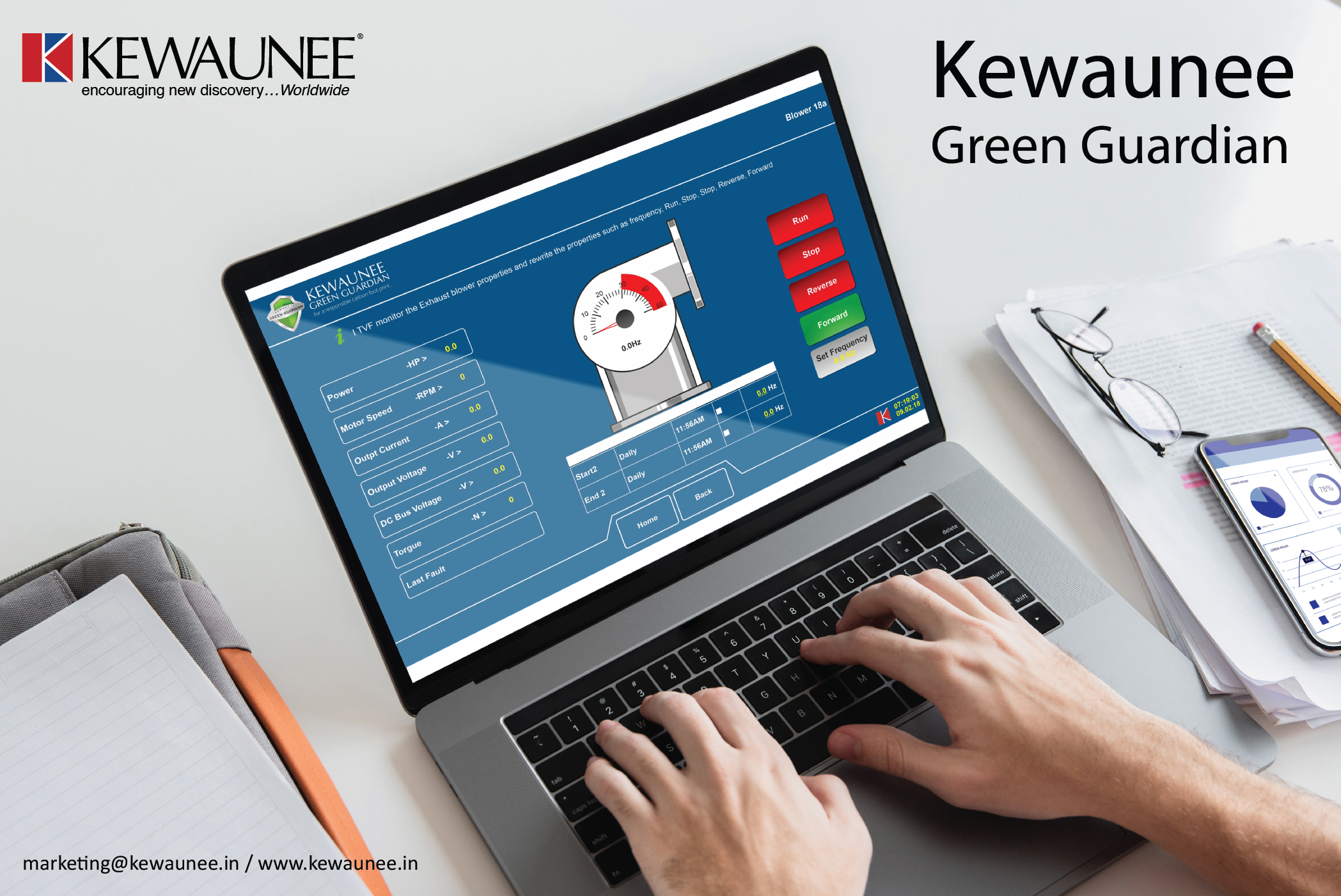How Are IoT Technologies Revolutionizing Laboratory Functioning
Internet of Technologies (IoT) has become a new buzzword in the past few years, and for a good reason. It offers industries the option of automating their business and piloting themselves to success. One industry that has benefitted heavily is the laboratory industry, which directly results from the Fourth Industrial Revolution. The Industry 4.0 notion dictates the application of digital technologies to industrial settings.
IoT allows users to build a blanket of improved laboratory functioning by increasing efficiency and accuracy while redirecting their focus on better things. Basically, if something can be automated, it should be because automation allows you to focus on other aspects of your laboratory that actually need your attention. So, exactly how are IoT technologies changing the laboratory landscape? Let’s find out.
How can IoT technologies change laboratory functioning?
IoT technologies provide the user with an interconnected system that learns and adjusts on its own with minimal human intervention. In laboratory functioning, it is the key to improving day-to-day activities. For example, often, we see scientists are too strapped for time because of manual data recording or sometimes lose weeks’ worth of handwritten data. IoT technologies can rectify all of this when implemented in the laboratory.
A few other ways include constant checks on whether specialized laboratory equipment such as fume hoods, thermostats and freezers are maintaining their optimal working conditions; ensuring that generated data is being backed up to cloud servers regularly; whether inventories are up to date and stocked; or even monitoring performance checks of equipment. While these may seem like mundane tasks that can be handled by laboratory personnel, at the end of the day, they take up valuable time that can be used for research purposes.
In due time, IoT automation increase the research output of the laboratory and increase their return on investment. Another key advantage is that you can effectively monitor the energy use of the laboratory and alert the personnel in case of emergencies. All of which are required to stay compliant as per current laboratory codes and standards.
Challenges in implementing IoT technologies
Most scientists are hesitant to adopt IoT technologies despite the many advantages because of the steep learning curve, associated costs, and potential security risks. Albeit, these are genuine concerns, but in most cases, it has been found that it is easy to adopt them with adequate training provided by expert providers.
In terms of the costs, you can invest in a laboratory equipment manager or buy low-cost sensors that still allow the devices to be connected and monitored.
In terms of security risks, it’s not mandatory for the laboratory to load their data onto the cloud. They can always back it up with their local server, and the in-house security team handles the vulnerabilities over time.
Is implementing IoT technologies in the laboratory worth it?
The digital age is here, and we’ve already entered the Fourth Industrial Revolution, with more to come over time. Any process that can be automated to increase efficiency and output must be put in place in due course. It eases the laboratory functioning over time and helps scientists focus on their work rather than the working of the laboratory.
At Kewaunee International, we are very particular about hand-holding our clients through this process. With our key offering, the Kewaunee Green Guardian, you can be assured of including a cost-effective smart laboratory that is not only compliant but integrates into the laboratory’s processes and turns it into a Green and Safe lab.
Comments are closed.











